ECP almost done with delimitation
LG elections are scheduled for September 20 in Sindh.
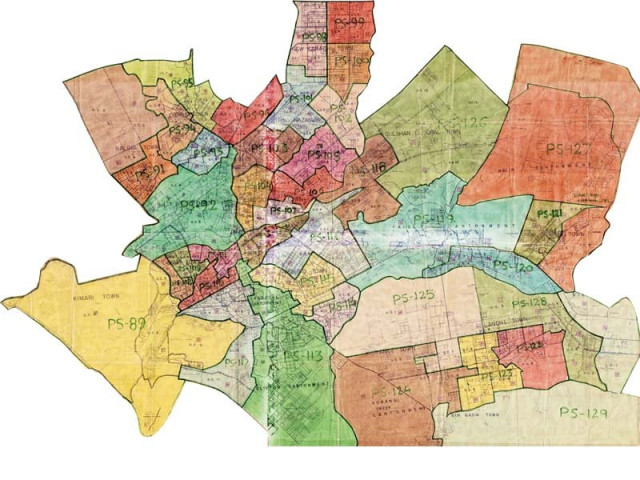
The last delimitation of administrative units was done before the 2013 general elections. PHOTO: FILE
Around 98 per cent of the work on the delimitation of 1,486 union councils (UCs) in Sindh has been completed. The process will be finalised by May 30, the provincial election commissioner, Tanveer Zaki, told The Express Tribune.
“We have almost finished our work by dividing the population within the existing boundaries of administrative units such as metropolitan corporations, district municipal corporations, municipal corporations, town committees and district councils,” he explained, adding that they will announce the updated list of UCs between June 1 and June 10.

Subsequently, the election commission will hear objections and appeals against the delimitations of UCs between June 11 and June 25, followed by the disposal of the same that will continue till July 10. “We will display the final list of UCs on July 28 for the local government election that is scheduled for September 20 in Sindh,” he said.
According to the delimitation plan, there are a total of 1,486 union councils and union committees in the rural and urban areas of Sindh. The number of union committees in the jurisdiction of the Karachi Metropolitan Corporation (KMC) currently stands at 218. “Each union committee will comprise four wards where candidates will contest the elections for the seats of four general councillors,” said Zaki. “There will be a total of 872 wards in Karachi.” He added that that it was the election commission’s prerogative to determine the population of these wards according to the 1998 census. “The wards’ population depends on the population of the UCs. In urban areas, the population of a union committee ranges from 40,000 to 50,000 and in rural areas, it would stand between 10,000 to 15,000,” states the local government law.
Election commission officials said the process of delimitation had been initiated after the Sindh government had notified the list of UCs and handed it over to the election commission. “We don’t have the authority to carve out an extra union council,” said the provincial election commissioner. “Our job is to redraw the boundaries of the wards and census blocks within the particular UC limit.”
According to local government law, there is only one metropolitan corporation — the KMC — in Sindh. This is further divided into six district municipal corporations (DMCs) to look after municipal services at the district level. The law does grant the provision to establish three municipal corporations in Hyderabad, Sukkur and Larkana respectively. Meanwhile, 37 municipal committees and 144 town committee will also work in urban areas in various divisions. For rural areas, 24 district councils have been proposed where the elected representative will work for their constituencies.
There will be nine candidates in each UC in both urban and rural areas who will contest the elections. The chairperson and vice-chairperson will be joint candidates from a party or a group. In addition to the four general councillors, those representing women, minorities and peasants/labourers will contest the poll in each UC.
Modus operandi
According to regional election commissioner for Karachi, Asghar Ali Sial, around 98 per cent work has been completed in Karachi. Meanwhile, the Sukkur district election commissioner Abdul Rehman Arain said they had completed the delimitation procession of the 26 union committees falling within the jurisdiction of the Sukkur Municipal Corporation. “We are now rechecking the delimitation process,” he said.
Speaking about the process of delimitation, he said: “The number of union committees has been notified by the Sindh government. We just divide the population within the particular municipal corporation in all union councils and start the demarcation process.” There are four wards in each union committee. Each ward comprises a census block that consists between 2,000 and 3,000 population. Three to four census blocks make a ward.”
Published in The Express Tribune, May 29th, 2015.

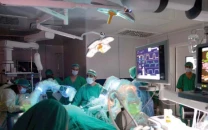
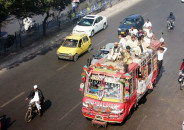
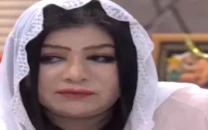

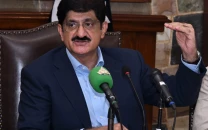


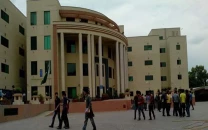


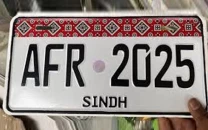







COMMENTS
Comments are moderated and generally will be posted if they are on-topic and not abusive.
For more information, please see our Comments FAQ